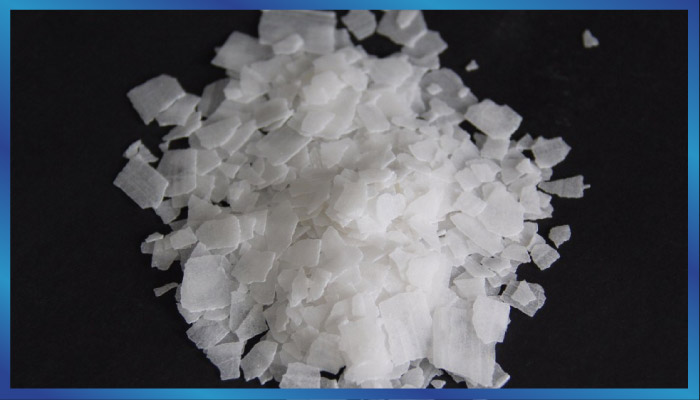Sodium Bicarbonate
Sodium bicarbonate or sodium hydrogen carbonate is the chemical compound with the formula NaHCO3. Sodium bicarbonate is a white solid that is crystalline but often appears as a fine powder. It has a slight alkaline taste resembling that of washing soda (sodium carbonate). It is a component of the mineral natron and is found dissolved in many mineral springs. The natural mineral form is known as nahcolite. It is also produced artificially. Since it has long been known and is widely used, the salt has many related names such as baking soda, bread soda, cooking soda, bicarbonate of soda. Colloquially, its name is shortened to sodium bicarb.
Role of Sodium Bicarbonate during High-Intensity Exercise
During high-intensity exercise, muscles keep up with the demand for energy by converting some carbohydrate to lactic acid. A build-up of acid inside the muscle cells is one of the factors responsible for fatigue. This system’s total capacity is limited by the progressive increase in acidity within the muscles caused by the accumulation of lactate and H+ ions. Increased acidity ultimately inhibits energy transfer and the ability of the muscles to contract, leading to a decrease in exercise performance. Reducing the build-up of acid should reduce fatigue and allow the athlete to go faster or further. The body’s defences against an increase in acidity are the bicarbonate “buffers”, which help to neutralize the acid produced by intense exercise. The natural bicarbonate supply, part of the body’s buffering system, provides a rapid first line of defence against this increased acidity.
Acting Mechanism
Sodium bicarbonate is an alkalising agent and therefore reduces the acidity of the blood (known as a buffering action). By buffering acidity in the blood, bicarbonate may be able to draw more of the acid produced within the muscle cells out into the blood and thus reduce the level of acidity within the muscle cells themselves. This in turn could delay the onset of fatigue . Studies have confirmed that increased extracellular pH and higher bicarbonate raise the H+ and lactic acid efflux from active muscles. This is due to an increase in the activity of the Lactic acid/H+ co-transporter, which becomes more active as the intracellular/extracellular H+ gradient increases, during contraction as well as during recovery. It has been suggested that this mechanism causes a decrease in muscular fatigue, delaying the decrease in pH level and leading to a greater contractile capacity of the muscular tissue involved by means of enhanced muscle glycolytic ATP production. It has been proven that all of these metabolic perturbations imply a shift in muscle metabolism toward anaerobic energy production, which is especially advantageous during high-intensity exercise.
Taking a sufficient quantity of sodium bicarbonate (baking soda) before high-intensity event makes the muscles and blood less acidic during the event and can enhance physical performance.
Athletes Benefiting from Sodium Bicarbonate Loading
Athletes have been practicing “soda loading” or “bicarbonate loading” for over 70 years in an attempt to delay the onset of muscular fatigue during prolonged anaerobic exercise. The specific athletes who might stand to benefit from bicarb supplementation are those who typically compete in events that last between 1 and 7 minutes, i.e.
400 m – 1500 m running, 100 m – 400 m swimming, sprint cycling, kayaking, rowing and canoeing events at intensities that fall between 80 and 125% of peak maximal oxygen uptake, and many team sports with their repeated nature of high intensity exercise. All these events stress the anaerobic glycolysis system significantly and produce a lot of acidity. Sports that are dependent on repeated anaerobic bursts may also benefit from bicarbonate loading.
Conclusions
In conclusion, there are sufficient data to suggest that sodium bicarbonate grades can be used as a nutritional ergogenic aid or dietary supplement for improving performance in short term, high intensity exercise, provided it is taken in the recommended dosage of 300 mg (0.3g)/kilogram body weight. Continued use of bicarbonate may help athletes become less susceptible to the side effects and may give even larger improvements in performance



